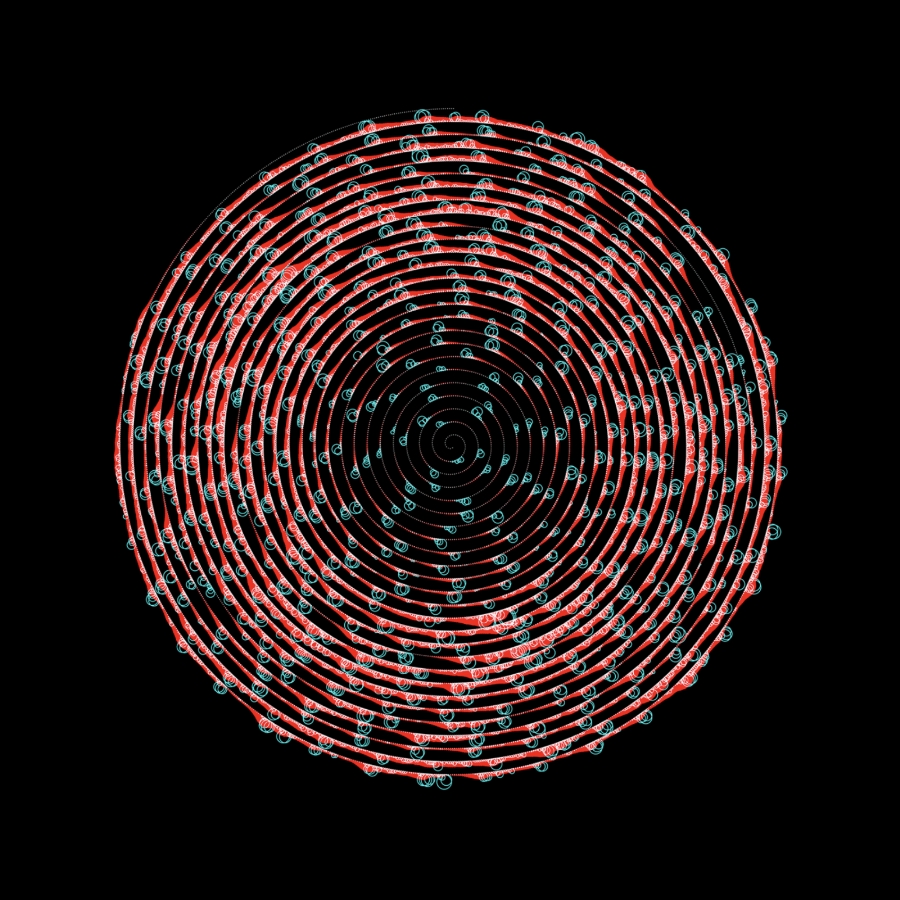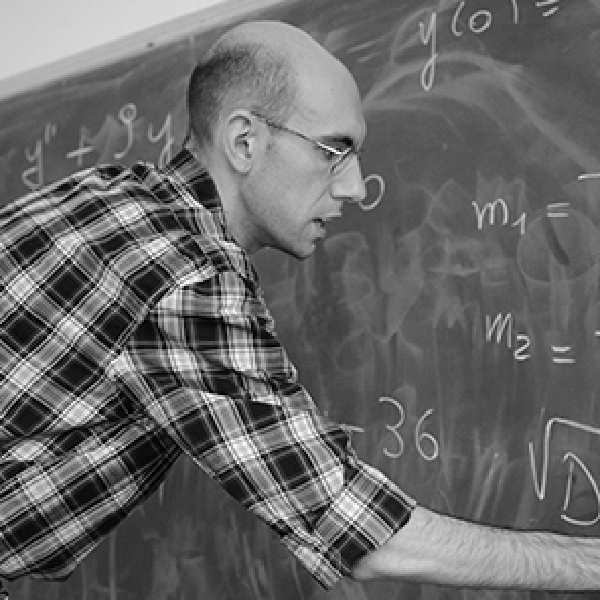Sine-Gordon and Thirring model duality
10 AM, 1 Nov 2022
Prof. Alessandro Torrielli talks about integrable quantum field theories and the duality between the 2D Sine-Gordon and 2D Thirring models.
Quantum field theory is typically not solvable in closed form and represents a complex and accurate description of elementary particle physics. Integrable quantum field theories, while sufficiently simplified, still exhibit a rich range of effects. They normally reside in a 1+1 D world, and are characterised by exact S-matrices which are calculable in closed form from fundamental physical requirements such as unitarity, crossing symmetry and the location of bound states. Thanks to their vast symmetry, such models are an ideal playground for understanding non-perturbative quantisation. The theory of integrable systems also plays a role in recent advances in string theory.
In this LonTI series, Prof. Alessandro Torrielli describes the duality between two integrable systems: the 2D Sine-Gordon model and the 2D Thirring model. He outlines the classical and quantum Sine-Gordon models, in particular the spectrum, S-matrices and underlying quantum symmetry. He then presents the duality with the Thirring model. Prerequisite knowledge is kept to a minimum, and lecture notes with exercises are available online.
Classical Sine Gordon
Lecture 1 gives an introduction to classical and quantum integrability, and describes the Sine-Gordon model and its soliton solutions.
Quantum Sine-Gordon
Lecture 2 sets out quantisation of the classical picture, and algebraic aspects of quantum Sine-Gordon, such as relations with spin-chains.
Sine-Gordon and Thirring duality
Lecture 3 describes the duality between the Sine-Gordon model and the Thirring model and provides a particular test using form factors.
















Speakers

Alessandro Torielli is a Professor of Mathematics and Physics at Surrey. He has previously studied at Genoa, Padua, the Humboldt, MIT, Utrecht and York. He currently holds an EPSRC grant at TCD. His work focuses on algebraic aspects in the AdS/CFT correspondence.